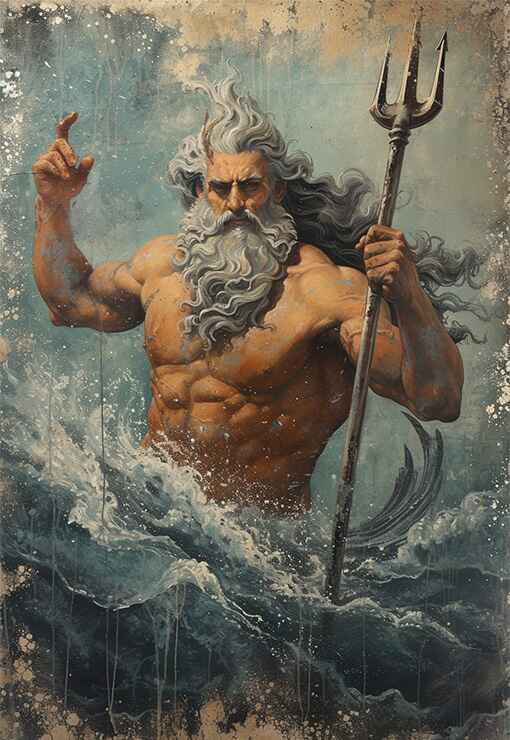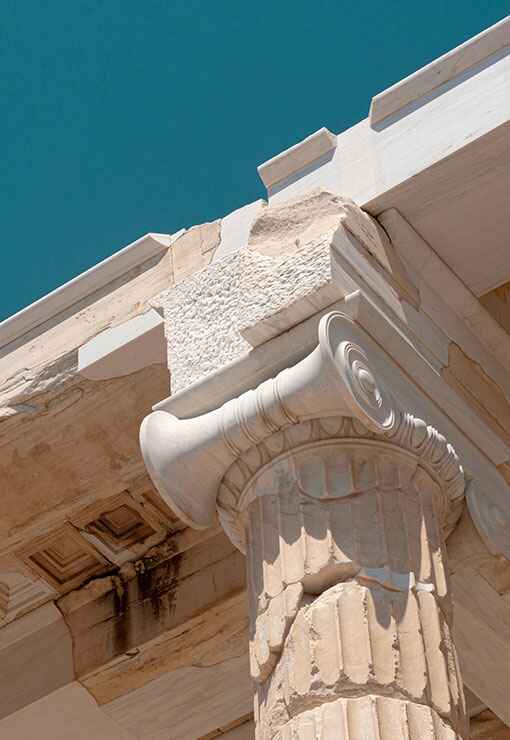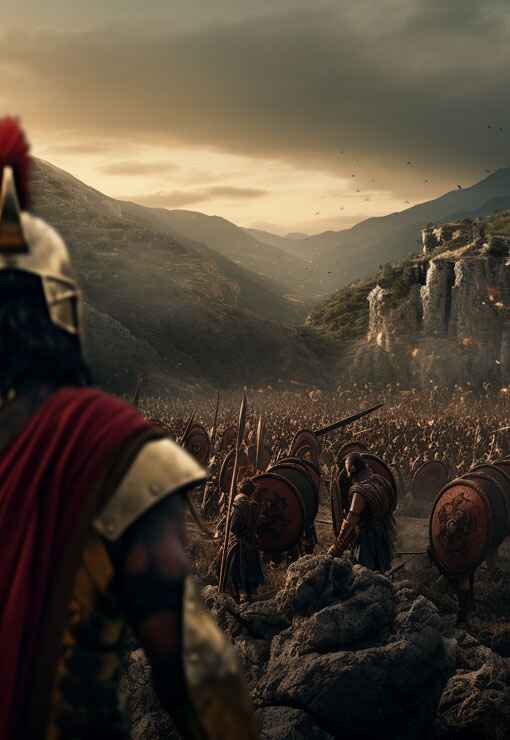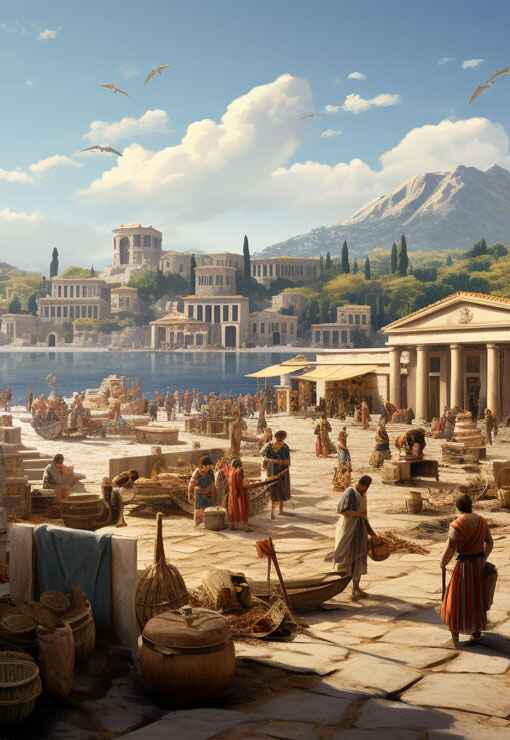Cyclopes
In Greek mythology, Cyclopes were a race of one-eyed giants with incredible strength and craftsmanship skills. They played various roles in the myths and were associated with different events and figures. Here are key aspects of the Cyclopes in Greek mythology:
Origins: Uranus & Gaea
Release by Cronus: Cronus
Encounter with Odysseus: Poseidon
Cyclops in Hesiod's "Theogony": NA
Descendants: NA

Origins: The Cyclopes were the offspring of Uranus (the sky) and Gaea (the Earth). They were brothers to the Titans and the Hecatoncheires (hundred-handed giants).
Imprisonment in Tartarus: Initially, Uranus, fearing their power and monstrous appearance, imprisoned the Cyclopes and the Hecatoncheires in Tartarus, a deep abyss beneath the underworld.
Release by Cronus: Cronus, one of the Titans and the youngest son of Uranus and Gaea, later overthrew his father. After assuming power, Cronus released the Cyclopes and the Hecatoncheires from Tartarus, seeking their support in the war against the Titans.
Smiths of the Gods: The Cyclopes were known for their exceptional craftsmanship skills, particularly in metalworking. They forged powerful and magical items for the gods, including Zeus' thunderbolt, Hades' helmet of invisibility, and Poseidon's trident.
Encounter with Odysseus: In Homer's "Odyssey," the hero Odysseus encounters the Cyclops Polyphemus, a son of Poseidon. Polyphemus captures Odysseus and his men, and they escape by blinding the Cyclops. This episode is a significant part of Odysseus's journey.
Cyclops in Hesiod's "Theogony": Hesiod's "Theogony" provides a genealogy of the gods and primordial beings. The Cyclopes are mentioned as the brothers of the Titans, Hecatoncheires, and other monstrous entities.
Variety of Cyclopes: While Polyphemus is the most well-known Cyclops, Greek mythology suggests that there were multiple Cyclopes, and each may have had distinct personalities and abilities.
Mythological Significance: The Cyclopes represent the diversity of mythical beings in Greek cosmogony. They showcase the blending of divine and monstrous elements in the early generations of gods and titans.
Symbols of Cyclopes: The Cyclopes are often depicted with a single, large eye in the centre of their foreheads. This distinctive feature is a defining characteristic of the Cyclops in art and literature.
Descendants: In some traditions, the Cyclopes themselves were said to have offspring, including the shepherd giant Polyphemus mentioned in the Odyssey.
The Cyclopes contribute to the rich tapestry of Greek mythology, representing a blend of the divine and the monstrous. Their role as skilled craftsmen and their various encounters with heroes add layers to the narrative, showcasing the diversity of characters and stories within the Greek mythological tradition.
Immediate Family
Quick Facts
- Offspring of Uranus and Gaea.
- Imprisoned by Uranus in Tartarus.
- Released by Cronus to support in the war against the Titans.
- Known for exceptional craftsmanship, forging powerful items for the gods.
- Polyphemus, a Cyclops, encountered by Odysseus in the "Odyssey."
- Variety of Cyclopes with distinct personalities and abilities.
- Represent the diversity of mythical beings in Greek cosmogony.
- Often depicted with a single, large eye in the centre of their foreheads.
- Some traditions suggest Cyclopes had descendants, including Polyphemus.
Further Reading
Art &
Architecture
Ancient Greek art and architecture, with its harmonious proportions and timeless elegance, continue to inspire awe and admiration millennia later.
Discover
Greek Mythology & Mythical Characters
Greek mythology, a rich tapestry of gods, heroes, and mythical creatures, captivates the imagination with its tales of love, betrayal, and epic adventures that delve into the depths of the human psyche.
Discover
Ancient Greek History
Ancient Greek history, marked by remarkable achievements in democracy, philosophy, and warfare, shaped the foundation of Western civilization, leaving an indelible legacy of innovation and cultural influence that continues to resonate to this day.
Discover
Ancient Greek Olympics
The ancient Greek Olympics, held in Olympia every four years, celebrated athleticism, unity, and cultural pride, serving as a testament to the enduring spirit of competition and excellence that transcends time and borders.
Discover
Ancient Greek Wars
Ancient Greek wars, such as the Persian Wars and the Peloponnesian War, were pivotal conflicts that shaped the course of history, highlighting the struggle for power, independence, and the clash of civilizations in the ancient Mediterranean world.
Discover
Ancient Greek Culture and Society
Ancient Greek culture and society, characterized by its emphasis on art, philosophy, and civic engagement, fostered a vibrant intellectual and social landscape where innovation flourished, democracy thrived, and the pursuit of knowledge and excellence was celebrated as fundamental values of civilized life.
Discover

